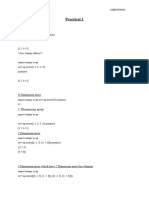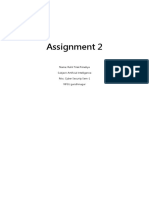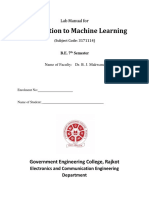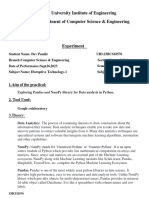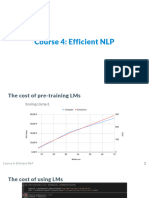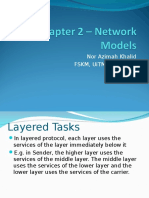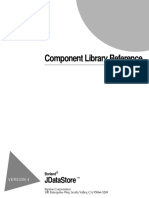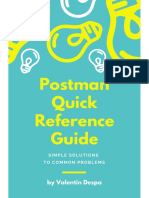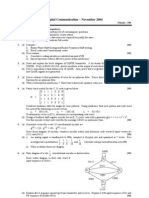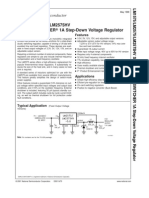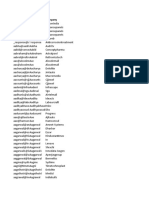0% found this document useful (0 votes)
4 views21 pagesPandas
The document outlines practical exercises for machine learning using Python, focusing on libraries such as NumPy and Pandas, and implementing various algorithms including linear regression, logistic regression, KNN, decision trees, and SVM. Each practical includes code snippets for generating datasets, training models, making predictions, and visualizing results. The exercises aim to provide hands-on experience with fundamental machine learning concepts and techniques.
Uploaded by
komalaCopyright
© © All Rights Reserved
We take content rights seriously. If you suspect this is your content, claim it here.
Available Formats
Download as PDF, TXT or read online on Scribd
0% found this document useful (0 votes)
4 views21 pagesPandas
The document outlines practical exercises for machine learning using Python, focusing on libraries such as NumPy and Pandas, and implementing various algorithms including linear regression, logistic regression, KNN, decision trees, and SVM. Each practical includes code snippets for generating datasets, training models, making predictions, and visualizing results. The exercises aim to provide hands-on experience with fundamental machine learning concepts and techniques.
Uploaded by
komalaCopyright
© © All Rights Reserved
We take content rights seriously. If you suspect this is your content, claim it here.
Available Formats
Download as PDF, TXT or read online on Scribd
/ 21



























